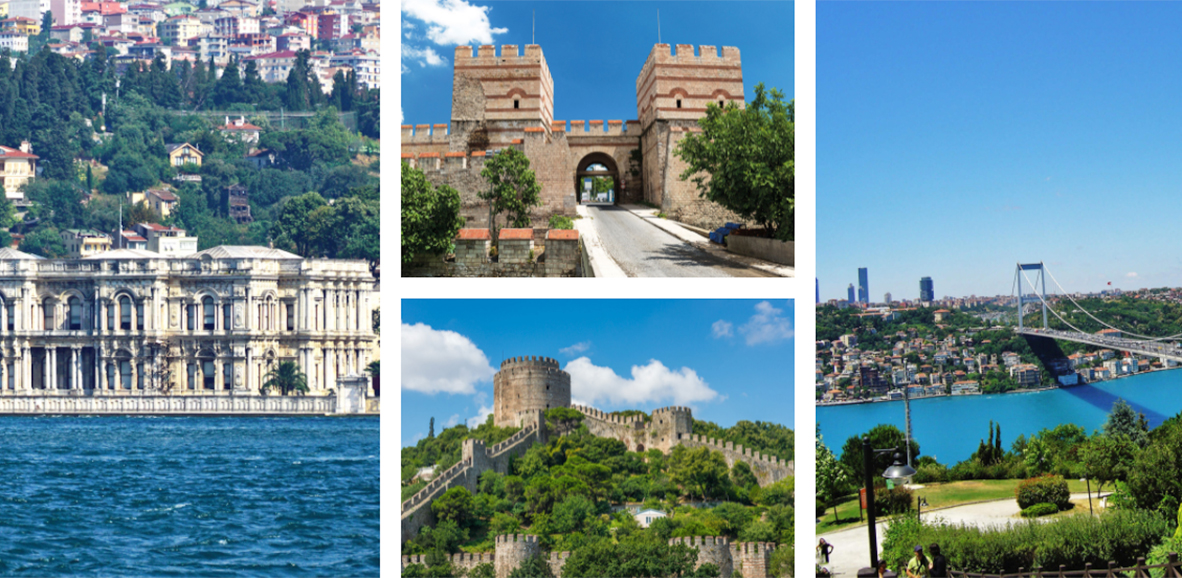The city of Istanbul, which is located on the Bosphorus Peninsula between Europe and Asia, has been linked to significant political, religious, and artistic events for more than 2.000 years. The ancient Hippodrome of Constantine, the 6th-century Hagia Sophia, and the 16th-century Süleymaniye Mosque are among its great works.
There are a plethora of world heritage sites (Rome, Paris, Prague) where everything in the city is combined because there may be additional locations that would merit inclusion. Istanbul is one of them. The Hagia Sophia, the Blue Mosque, and other important structures such as the Topkapi Palace would stand alone as world heritage sites on their own merits.
The Historic Areas of Istanbul are one of Turkey’s UNESCO World Heritage Sites. It was added to the list in 1985 under the Culture category and includes several sites in Istanbul’s capital district located within the city’s religious zone.
Hagia Sophia Church& Mosque, The Blue Mosque (Sultanahmet Mosque), Topkapi Palace, The City Walls, Hagia Irene Church, The Basilica Cistern, Suleymaniye Mosque, Little Hagia Sophia, Walls of Constantinople, Sarayburnu and Zeyrek Mosque are part of The Historic Areas of Istanbul and they are part of UNESCO World Heritage Site.
You can check all the UNESCO list from here and get more information about each place.



Comment (0)